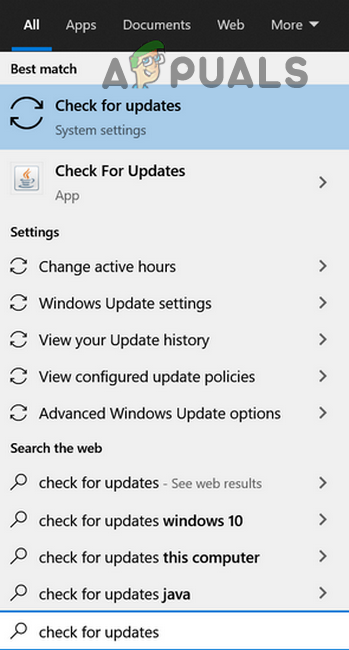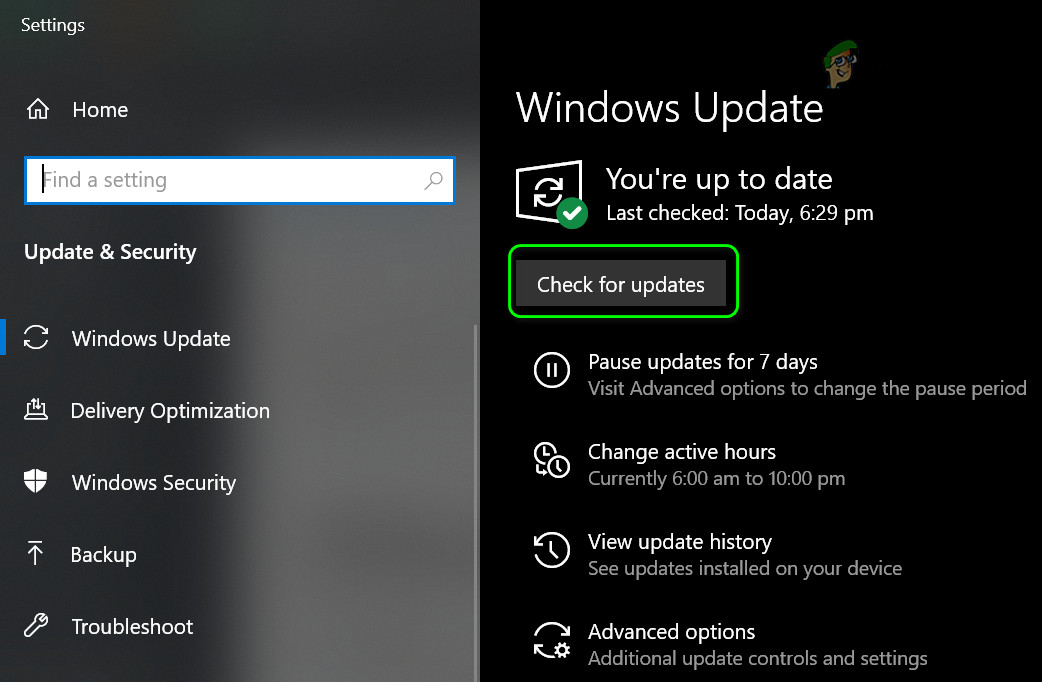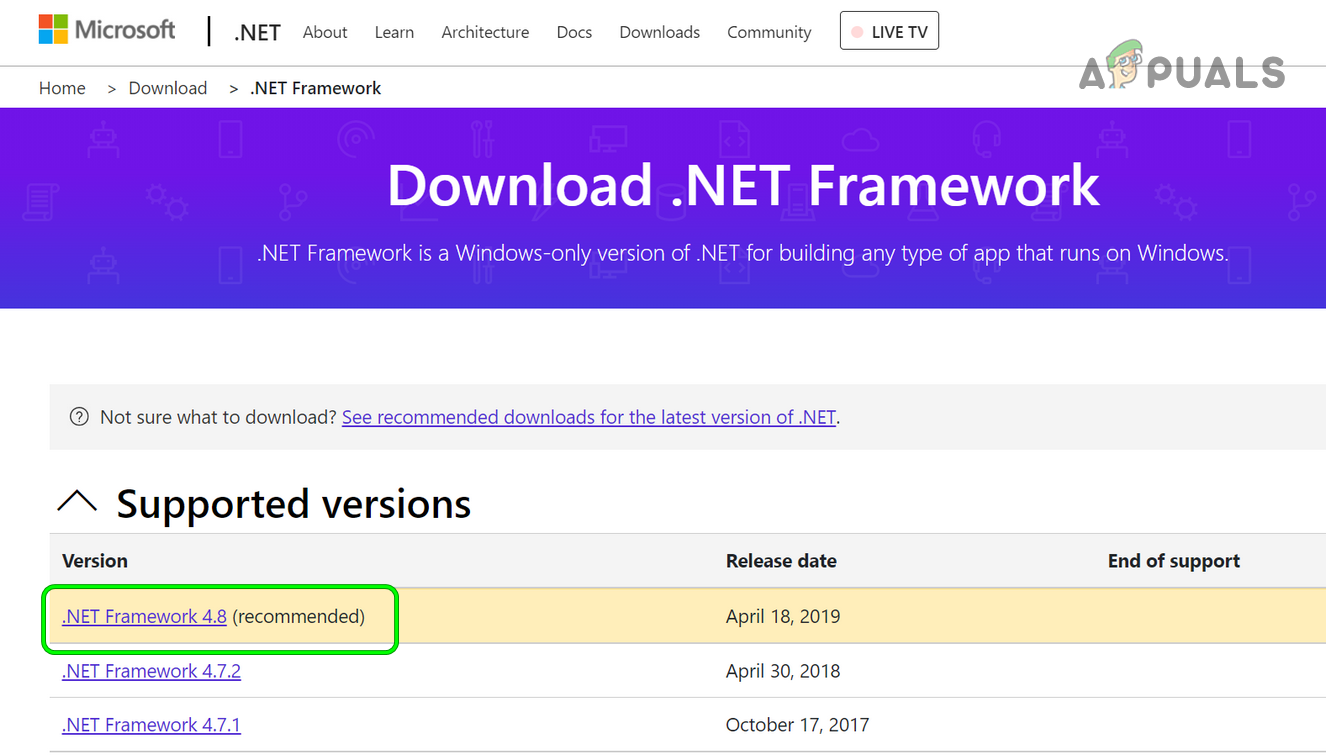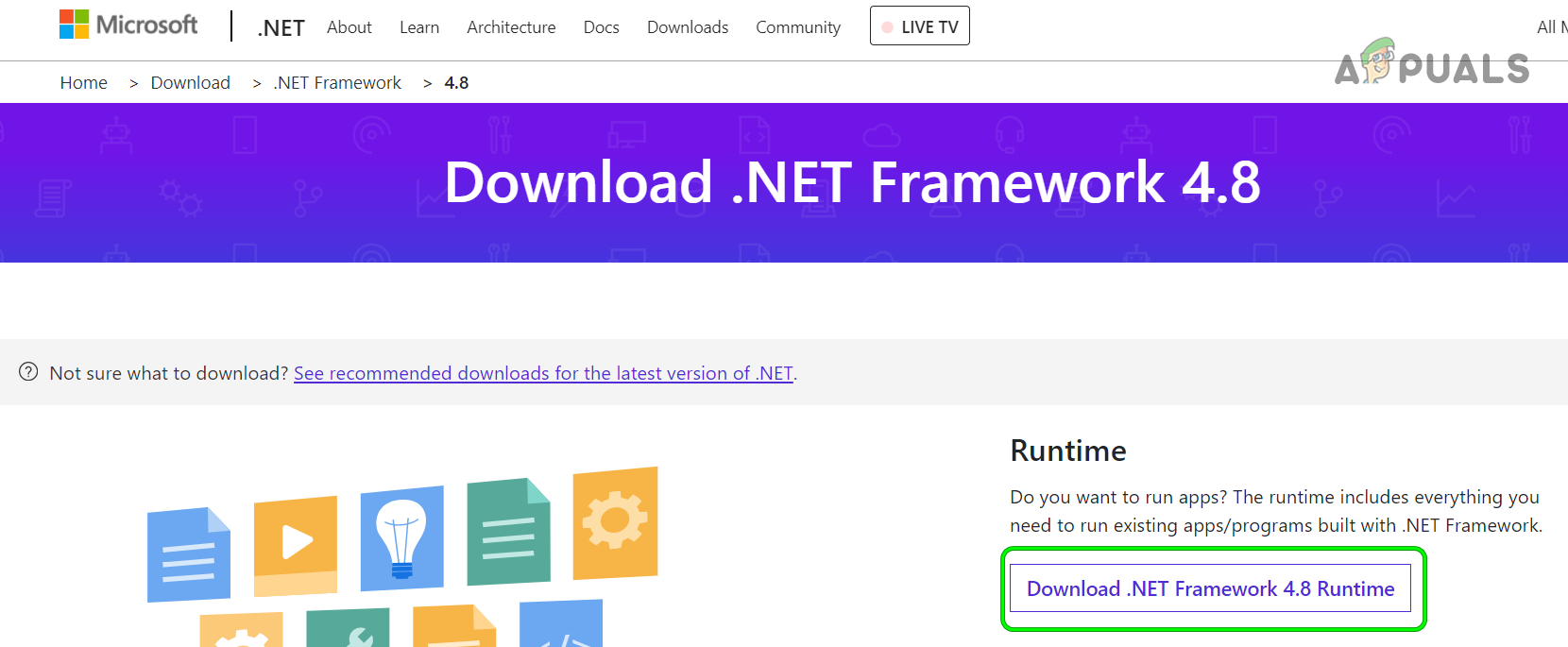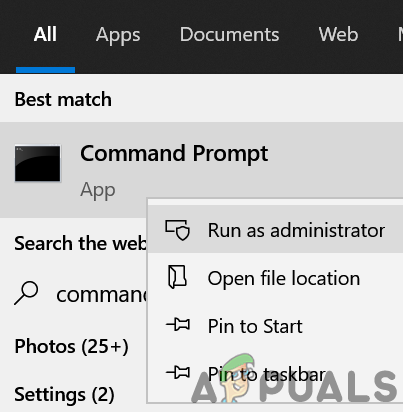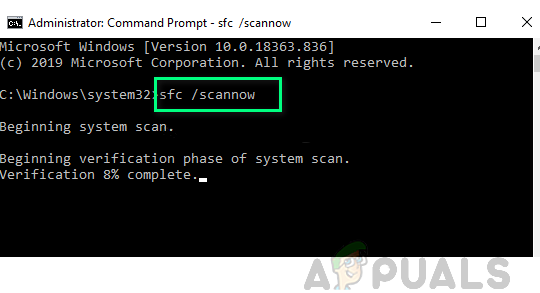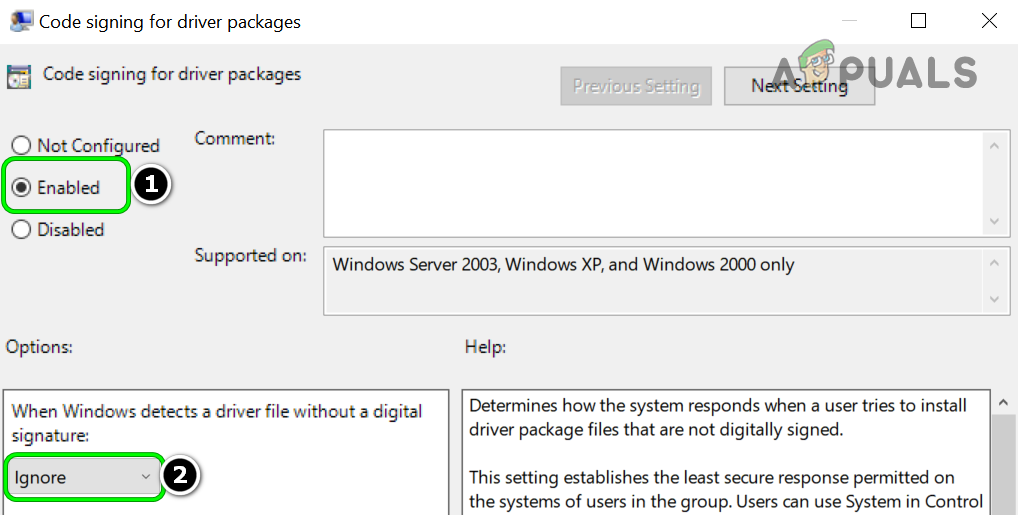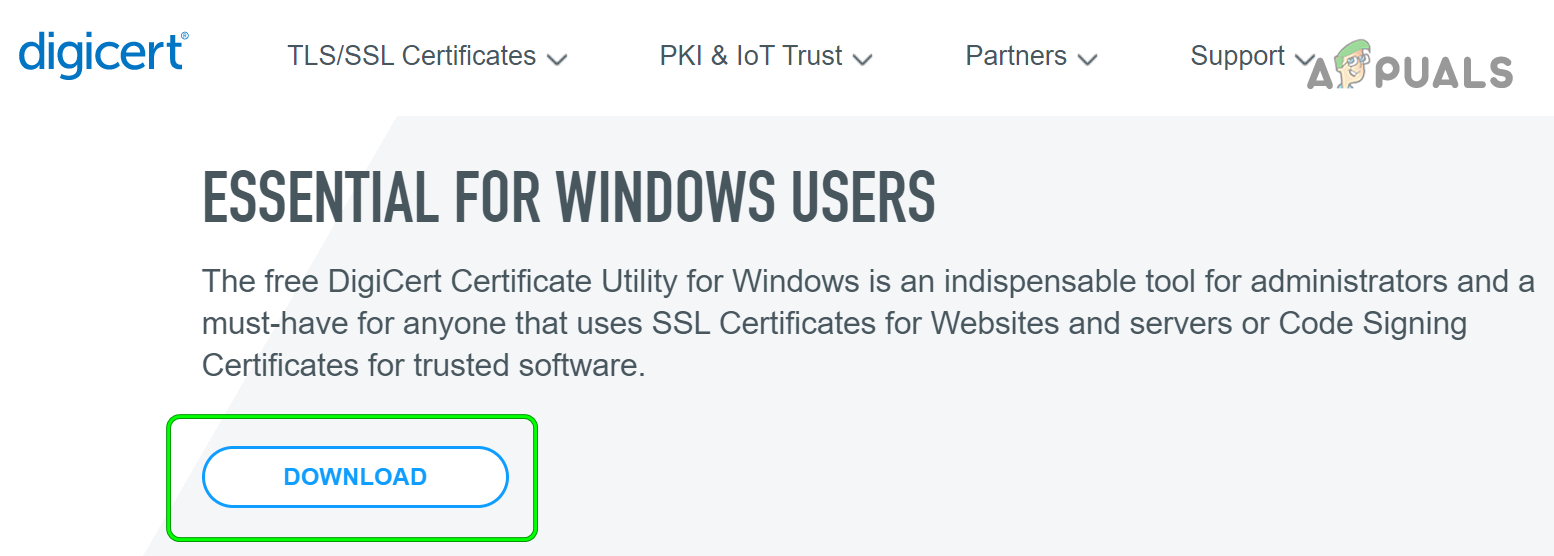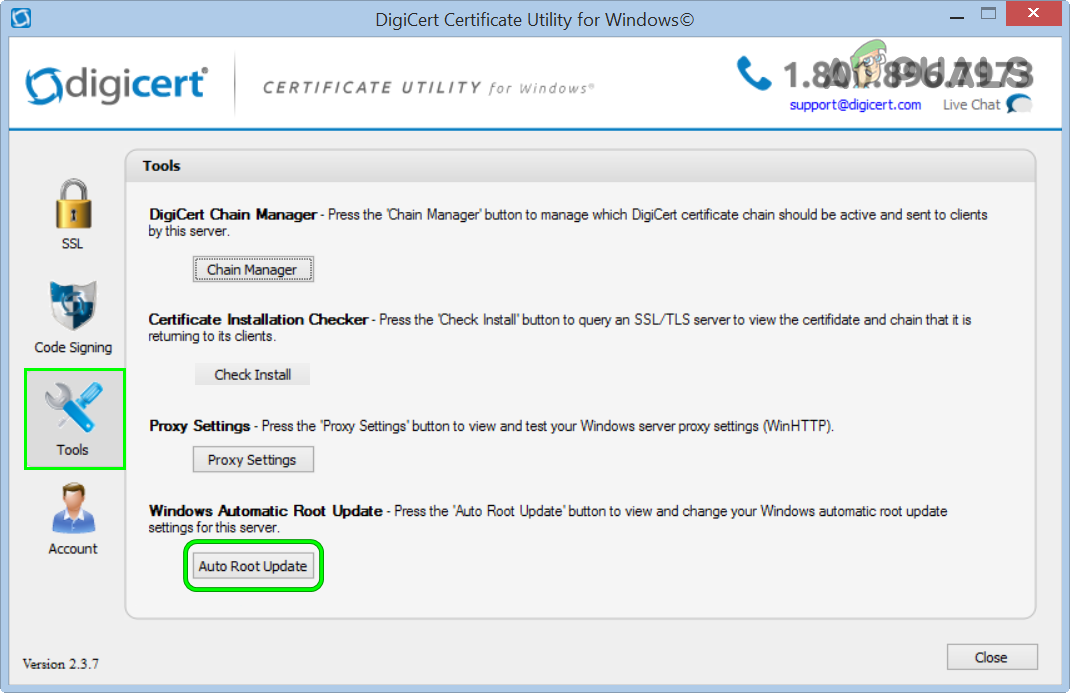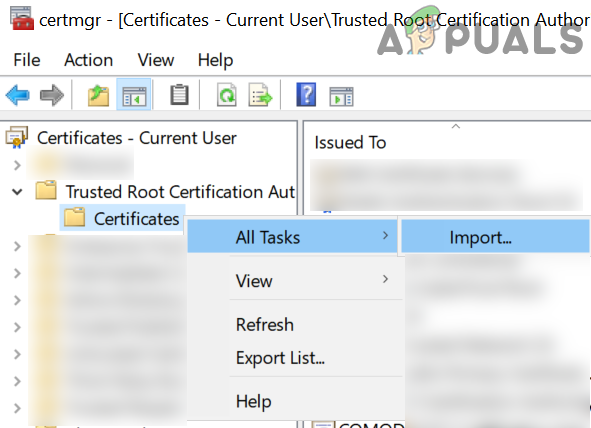Following is the full error message: Installation Did Not Succeed .Net Framework 4.8 has not been installed because: The Timestamp Signature and/or Certificate Could not be Verified or is Malformed Many factors can contribute to The Timestamp Signature issue but the following are the main causes reported to cause the issue: Before moving on with the solutions, make sure the date and time of your system are accurate. Moreover, if you are encountering the issue due to an expired certificate, then you can get rid of the error by setting the date of your system to the time before the expiry of the certificate and then reverting the date/time after installing the application/driver.
Update Windows of Your System to the Last Release
The timestamp signature issue could be a result of the incompatibility between the problematic application (like LogMeIn Go to Assist) and the OS. In this case, updating your PC’s Windows to the latest stable release may solve the problem. If there are updates that are failing to install, then you manually install those updates from the Microsoft Catalogue website to solve the certificate error. If the issue persists with an application like LogMeIn Go to Assist, then check if using its EXE file to install the application (not the opener) sorts out the issue.
Use the Latest Dotnet Framework Installer
Not using the latest .NET framework will probably cause issues with applications that are designed to run with the latest framework. Updating it might solve the problem instantly.
Perform SFC Scan of the System
You may encounter the issue at hand if essential system files are corrupt; performing the SFC scan of your system will replace the incomplete files. Keep in mind this scan may take some time to complete (depending on the size of your system drive), so try it when you can spare your system for some time (like overnight).
Disable Code Signing of the Driver Package
If you are encountering the ‘certificate could not be verified’ issue with a driver, then disabling the code signing of the driver package will solve the problem. Warning: Move forward at your own risk as disabling the code signing of the driver package may cause different security threats to your system.
Disable Auto Root Update of the Root Certificates
This error might also occur if the system is failing to auto-update the root certificates. Disabling the auto root update of the root certificates by using a 3rd party utility (DigiCert) will solve the problem in this case. Warning: Proceed at your own risk as the referred utility is a 3rd party utility and using a 3rd party utility can be a security threat for your system/data. If the issue persists, then you may export the problematic certificate and import it back to solve the certificate verification issue (if the problematic certificate is identified). If you are encountering the issue with DotNetFramework, then check if downloading the following Microsoft certificate and importing it into Manage User Certificates» Trusted Root Certification Authorities» Certificates solves the problem.
Fix: The Server you are Connected to is Using a Security Certificate that Cannot…Fix: YouTube Error 400 “client has issued a malformed or illegal request”[FIX] MAC Invalid Node Structure Error (Could Not Be Verified Completely)How to Fix ‘Your Credentials Could Not Be Verified’ on Windows 11?

